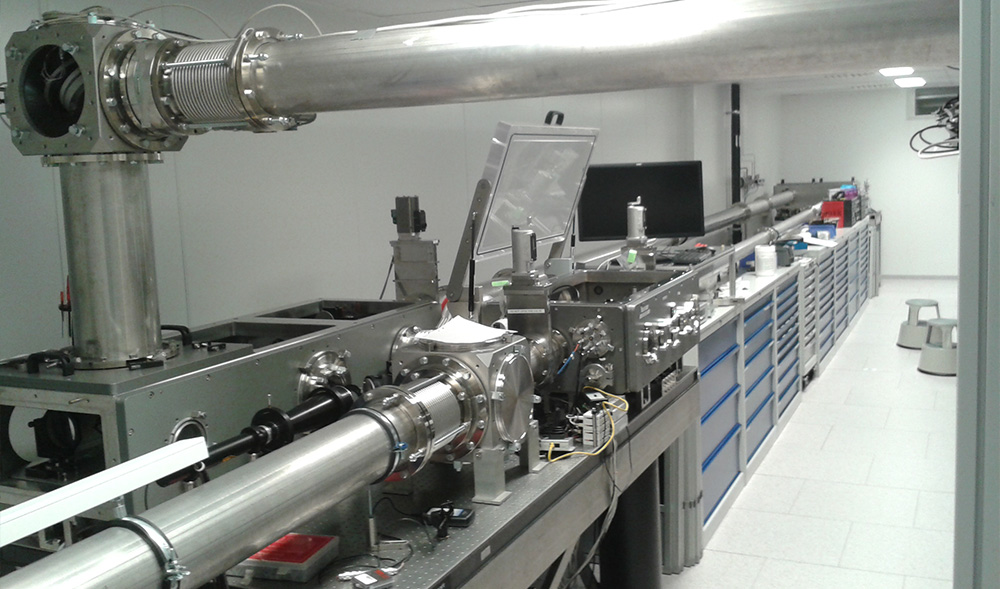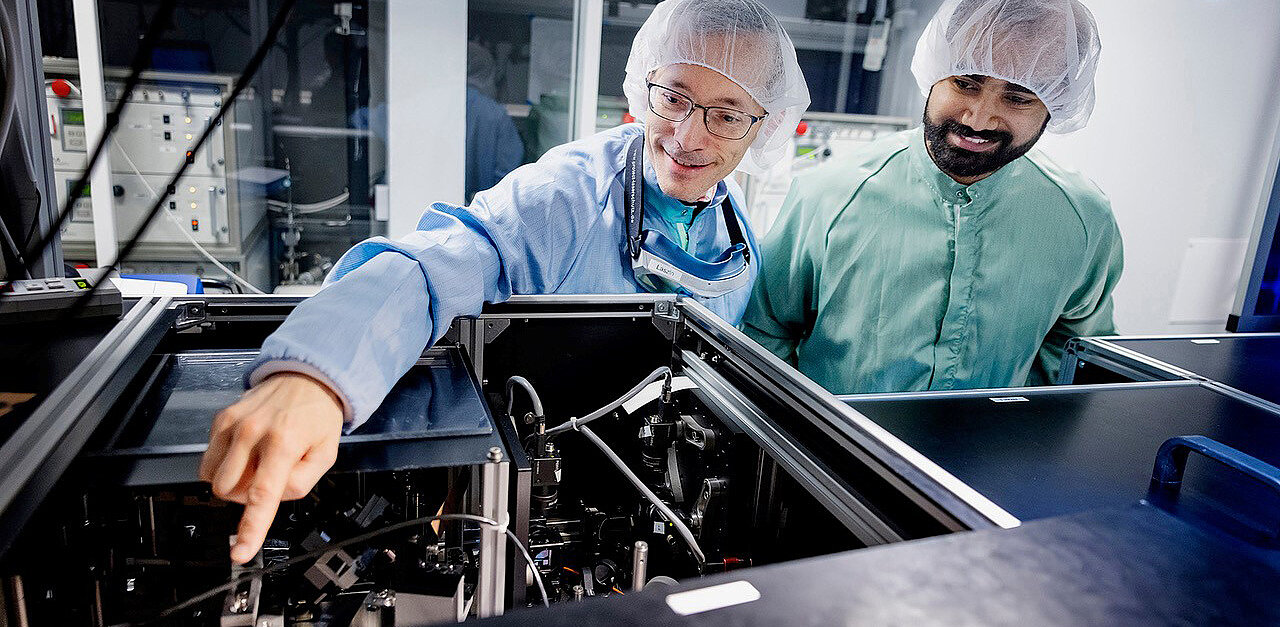In a festive ceremony in October 2024, Ferenc Krausz and Anne L’ Huillier were appointed honorary doctors at the Faculty of Science and Technology, at Umeå University in the middle of Sweden. Both researchers have strong links to the University through collaborations and mentoring. The attoworld-team still has a close connection with Prof. László Veisz Laser physicist at Umeå University and former colleague at the Max Planck Institute of Quantum Optics. László is also a pioneer of attosecond physics. Reason enough to find out from László what laser research looks like under the Arctic Circle. Here, László talks about his projects, Santa Claus, and reveals the real reason why Ferenc received an honorary doctorate from Umeå University.
How did it come about that Ferenc received an honorary doctorate from Umeå University?
Honestly, I’ve always wanted to see Ferenc in a penguin suit in real life … but, of course, the fact that some of my activities were originally initiated by Ferenc also played a role in this decision. Our lab, the ‘RElativistic Attosecond physics Laboratory’ (REAL), and the associated research activities are important parts of the Department of Physics as well as Umeå University. This is the reason in combination with the Nobel Prize, which highlighted the significance of this work, and the widely recognized visit of Ferenc in Umeå after the Nobel ceremony last year. Moreover, potential future cooperation between some local biobanks and Ferenc, have further strengthened the case.
Is there still collaboration between the Attoworld group and your research team?
After completing the initial joint works in ultrashort physics in Germany in 2016, we later published the results with several members of attoworld. Thereafter, Ferenc mostly worked on the new topic of molecular fingerprinting, which did not overlap much with our ongoing work. However, there are ideas that we discuss which could lead to new collaborations.
What are your main areas of research at the moment?
My current research focuses on the generation of intense near-single-cycle light fields and their utilization in attosecond and laser-plasma physics to produce and apply attosecond X-ray and electron pulses, such as XUV pump — XUV probe attosecond spectroscopy and laser and nanoplasma interaction. Nanophotonics is a newly started research field in our group utilizing few-fs laser pulses. The laser development has been mostly finished. Though, as the first law of laser development says: ‘A laser development is never ready’, so it has been ‘mostly’ finished. An important next milestone is the temporal characterization of relativistic isolated attosecond electron bunches. We know that they are there from nanotips, but it is challenging to measure their duration.

Is there a highlight from your research group that can be read in a paper?
One very important milestone has recently been achieved, the laser reached its final form with 100 TW peak power 4.3 fs duration and, most importantly, waveform stabilization. These new results are under publication, but if you want to read a paper with general relevance, I recommend a surprising publication. It is about how to generate shorter pulses than the Fourier limit that we used to shorten the laser pulses below 4 fs. You will find the link to the original publication at the end of the interview.
Sweden tends to be a dark place in winter. How do you get used to the winter cold and darkness?
It should be noted that Umeå is located just above the midpoint of Sweden, though still well below the Arctic Circle, meaning it’s far in the North. First, for half a year the days are longer here than in the south, which is fun with the sun at almost midnight. In winter, I do not see much difference: when I wake up, there is light and when I finish working, it is dark. In fact, the snow, which is typical between December and March, makes the nights also brighter than in the southern parts of Sweden or most of Europe. Not to speak about the northern lights. Regarding the temperatures: There is no bad weather, just bad clothing. The typical temperature in winter is between 0 and –15 C. Temperatures colder than this are rare. It is ideal for cross-country skiing that you can do at many places in and around Umeå. I need five minutes from home to get to the nearest trail. The only drawback if it is cold that you don’t want to stay too long on the Christmas market.
Santa Claus probably lives not far away from you, somewhere in Lapland. How is Christmas celebrated in the far north?
The Finns have a monopoly on Santa Claus. It is scandalous! We are already working on a solution … Really great is the generalization of the Swedish buffet at Christmas, which is called ‘julbord’. There is a great variety of food that you can enjoy. If you are not a big fan of fish as food, you will become one after a julbord. It should be noted that the midsummer (21 June) is as important a celebration as Christmas.
Interview: Thorsten Naeser
Contact: laszlo.veisz@umu.se
Original publication:
Utilizing the temporal superresolution approach in an optical parametric synthesizer to generate multi-TW sub-4-fs light pulses
A. Muschet, A. De Andres, P. Fischer, R. Salh & L. Veisz
Optics Express 30, 4374 (2022)
